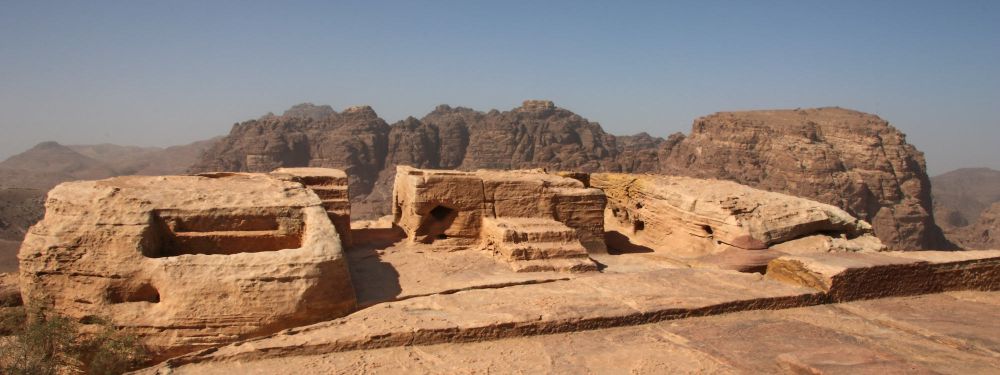

Petra, known as the Rose City due to the color of the stone from which it is carved, is one of the world's most intriguing and beautiful ancient sites. Established possibly as early as 312 BCE as the capital city of the Nabateans, Petra is not only a UNESCO World Heritage site but also one of the New Seven Wonders of the World. The area around the High Place of Sacrifice offers a breathtaking view of the surrounding mountains and valleys and has been a centerpiece of Petra's allure.
Tourism in Petra began to gain traction in the 19th century when the site was "rediscovered" by Swiss explorer Johann Ludwig Burckhardt in 1812. Early travelers were intrepid explorists or archaeologists keen to uncover the mysteries of this hidden city. However, Petra's popularity soared in the late 20th century, particularly after being featured in blockbuster movies like "Indiana Jones and the Last Crusade" in 1989.
The High Place of Sacrifice, which is a strenuous trek from Petra's main entrance, started gaining recognition for its panoramic views and its archaeological significance. As visitors became more interested in immersive experiences, the demand for visiting the High Place of Sacrifice increased, leading to improved access and facilities for tourists.
Sustainable Tourism: In recent years, there has been an emphasis on sustainable tourism practices to preserve Petra and the High Place of Sacrifice. Efforts to minimize the environmental impact of tourism and support the local economy are at the forefront of the agenda.
Adventure Travel: The trend of adventure travel has seen more visitors challenging themselves to make the hike to the High Place of Sacrifice. The allure of less-visited paths and the site's elevation provide a sense of discovery and excitement.
Digital Detox and Authentic Experiences: In the age of social media, visitors to the High Place of Sacrifice often seek a digital detox, yearning for authentic experiences that engage with the local Bedouin culture and Petra's history away from the crowds.
Guided Tours: The importance of local guides has grown, with travelers seeking to learn more about the history and significance of the site from knowledgeable sources. This promotes cultural exchange and deeper insights into the Nabatean way of life, including their religious practices, which presumably took place at the High Place of Sacrifice.
The future of tourism at the High Place of Sacrifice and Petra is focused on balancing conservation with visitor experience. As travel trends evolve, Petra aims to provide a model for how historical sites can adapt and thrive in the modern era, ensuring that the wonders of the past remain accessible for generations to come.